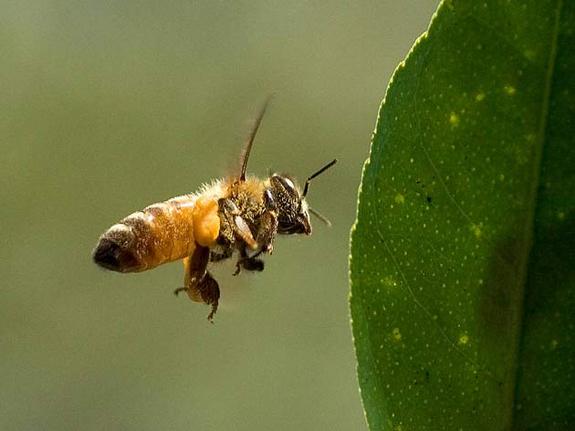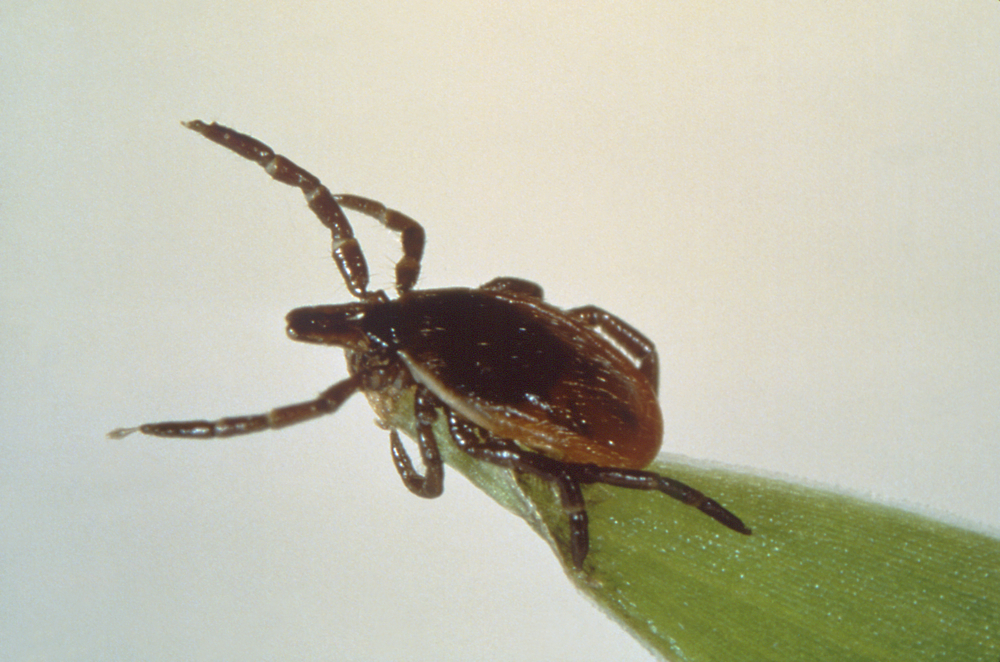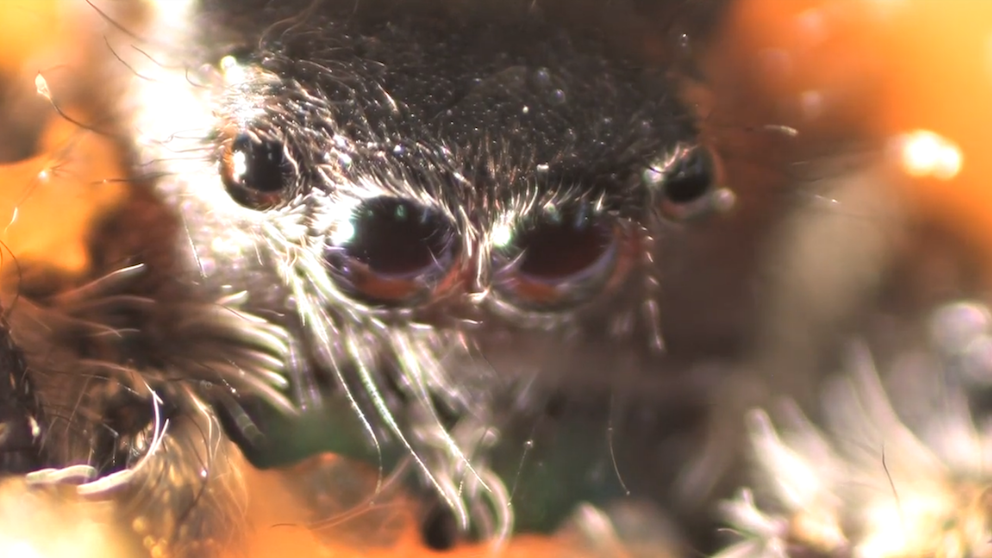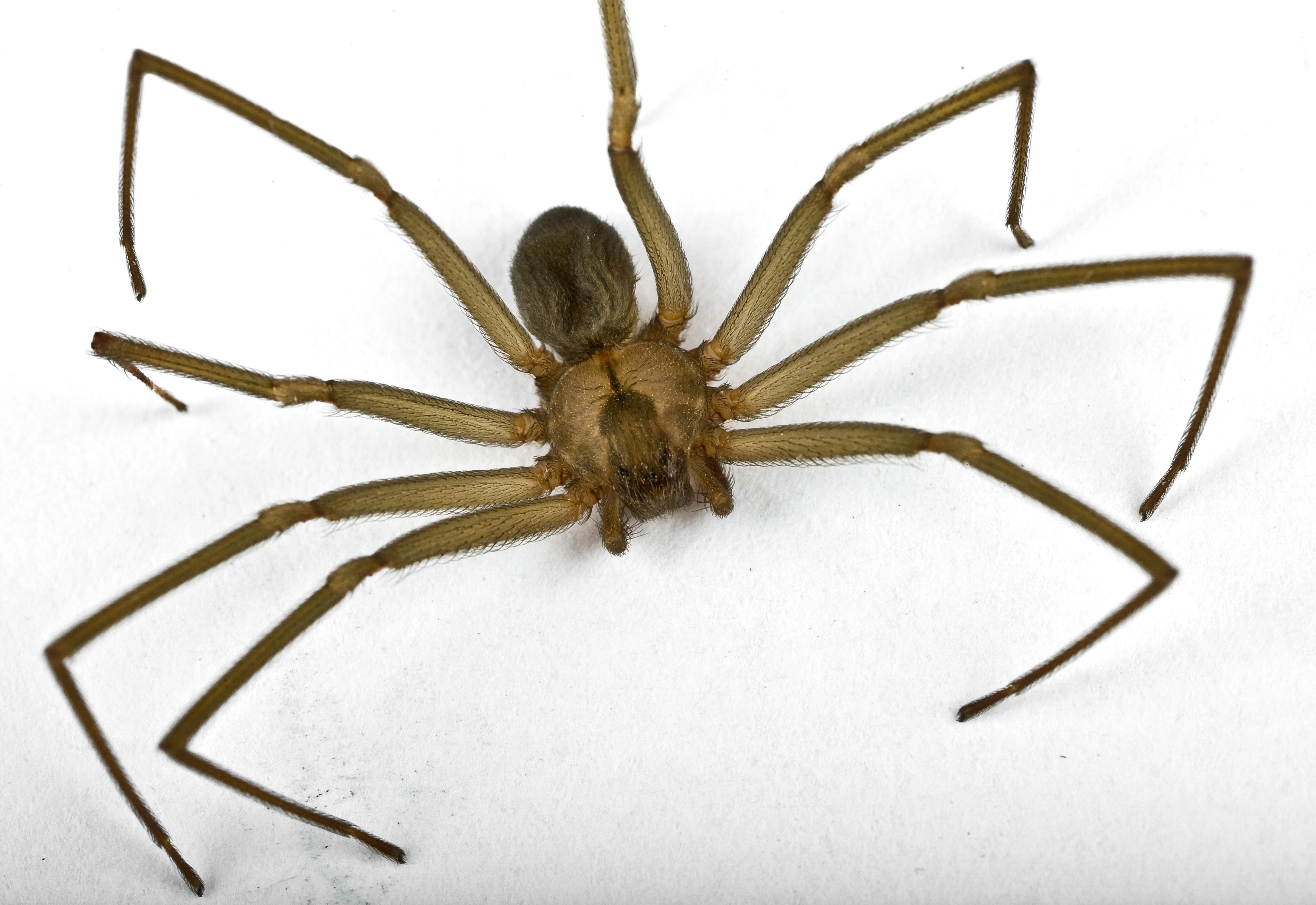Spider bites and bee stings: Symptoms and treatments

For anyone who spends time outdoors, bites and stings are almost inevitable. Mosquitos, ticks, ants, spiders, bees, wasps — all of these tiny creatures use their mouths or stingers to defend themselves or, in some cases, to grab a meal. But luckily for humans, bites and stings from insects and spiders are usually just uncomfortable, not medically significant.
However, some people are allergic to the venom of certain insects or spiders and can have severe, even life-threatening reactions to bites or stings. Additionally, certain insects and arachnids — like mosquitos and ticks — can transmit disease or cause infection through their bites.
Symptoms
In some cases, bites or stings can be painful. For example, bites from fire ants and stings from hornets, bees or wasps will likely get the attention of the victim. But some bites and stings are subtler, like those from mosquitoes, mites, fleas or ticks, which don't typically hurt. However, in some cases these painless bites can cause infection or disease, which may lead to more severe symptoms, according to the National Institutes of Health (NIH).
Ultimately, symptoms will depend on what kind of critter bit or stung you and how your immune system reacts to the venom (or other substances) released during the bite or sting, according to the NIH.
Most insect bites or stings generate only minor skin symptoms such as itching, pain or swelling around the site, as well as burning or tingling. Delayed effects, which can appear within hours or days of a sting or bite, include painful joints, swollen glands, hives or fever, according to the Mayo Clinic.

In the case of ticks, symptoms can be more severe if the bite results in an infection or the transmission of a disease, such as Lyme disease or Rocky Mountain spotted fever. According to the NIH, symptoms of such tick bites include:
- Apnea and/or difficulty breathing
- Blisters
- Rash
- Severe pain at bite site
- Swelling at bite site
- Weakness
- Uncoordinated movement

While the bites of most spiders are not medically significant to humans and cause only mild, local skin reactions, more severe reactions can also occur. According to the U.S. Centers for Disease Control (CDC), spider bite symptoms may include:
- Raised welt with a pinpoint-sized dot in the center
- Pain, itching or rash
- Muscle pain or cramps
- Profuse sweating
- Headache
- Nausea or vomiting
- Chills and fever
- Allergic reactions
In addition to the symptoms listed above, those who are allergic to particular insects or spiders may also experience a localized reaction when stung or bitten. Such a reaction may include swelling of the entire joint where the bite or sting occurred, according to Dr. Susan Schuval, chief of the pediatric allergy and immunology department at Stony Brook Children's Hospital in New York. In extreme cases, those allergic to certain insects or spiders can experience anaphylaxis — a severe, whole-body reaction to the chemical toxins present in an insect or spider's venom — Schuval told Live Science.
Anaphylaxis is a life-threatening reaction that requires emergency care, according to the National Institutes of Health (NIH). Call 911 if reaction signs include:
- Difficulty breathing or shortness of breath
- Facial or mouth swelling
- Abdominal pain or nausea
- Difficulty swallowing
- Pale, moist skin that may appear blue
- Hives
- Confusion or disorientation
- Weakness or dizziness
- Fast, weak pulse
Types of insects and spiders that bite
Many common insects bite without provocation — or because they're hungry — including mosquitoes, fleas, mites, flies, bedbugs, fire ants or ticks. Others, such as wasps, bees and hornets, sting when they feel threatened.
Most spiders are not aggressive and will only bite a human if they are surprised or threatened. Such bites usually result in nothing more than a red spot and some itching or swelling, according to Rick Vetter, a retired research associate of entomology at the University of California, Riverside.
"Spiders have venom which is evolved for paralyzing prey; it's made for reducing activity or overcoming the neurophysiology of an insect. That's one reason why spider bites have very little effect on humans," Vetter told Live Science.
In fact, many spiders have fangs that are too small to pierce human skin. Only a few spiders in the United States have venom toxic enough — and fangs large enough — to cause a medically significant bite in humans. These include the brown recluse and black widow, whose bites can be dangerous to humans and even fatal in some cases.
Brown recluse spiders are usually found in Midwestern and Southern states, according to the CDC, and are also called violin spiders because of the characteristic violin- or fiddle-shaped marking on their heads. These spiders have six equal-sized eyes (in contrast to the typical eight) and are about an inch long.
Symptoms of a brown recluse spider bite include:

- Deep blue or purple area around the bite, surrounded by white and red outer rings
- Burning, itching, pain or redness that may develop within hours or days
- Ulcer or blister that turns black
- Fever
- Rash
- Nausea or vomiting
Black widow spiders are usually found in southern and western parts of the United States, though they live throughout North America. Small, black and button-shaped with a characteristic red hourglass marking on the abdomen, black widows release a toxin that can damage the central nervous system.
According to the University of Maryland Medical Center, symptoms of a black widow spider bite include:

- Double fang marks at the site
- Immediate pain, swelling, burning and redness
- Headache and dizziness
- Rash and itching
- Cramping and rigidity in the chest, stomach, back and shoulders
- Anxiety and restlessness
- Eyelid swelling
- Weakness or paralysis, particularly in the legs
- Excess saliva or eye tearing
- Nausea and vomiting
Care & treatment
Most bites and stings require only minimal treatment. If a stinger is present, remove it by scraping a credit card or other straight-edged item across the stinger, according to the NIH. Use a pair of tweezers to remove a tick. If at all possible, you should try to safely recover the insect or spider that bit you, or at least try to identify it, according to Vetter. This will help healthcare professionals determine the best treatment option should you need medical attention.
All insect bites and stings should be washed with soap and water for several minutes. According to the Mayo Clinic, other treatments can include:
- Applying ice to reduce pain and swelling and absorption of the venom for 15 – 20 minutes every one to two hours
- Applying calamine lotion, hydrocortisone cream, or topical benzocaine for itching and swelling
- Taking antihistamines containing diphenhydramine (found in the brand names Benadryl or Tylenol Severe Allergy) or chlorpheniramine maleate (in Chlor-Trimeton and Actifed).
- Wiping the bite or sting area with alcohol or a cool damp cloth with water from a nearby river or spring while hiking or camping
In some cases, a large local reaction can affect the entire joint of the limb that was stung or bitten. In these cases, a doctor may prescribe histamine, as well as oral steroids, according to Schuval. Those with a systemic, or whole body, reaction to the venom of certain insects may undergo venom immunotherapy treatment, in which the patient receives a series of shots containing the venom of the insect (or insects) to which they are allergic. This treatment can reduce a person's risk of having a systemic reaction to insect venom from 60 percent to less than 10 percent, according to Schuval.
Antivenins are available to treat bites from many of the world's most venomous spiders. Suspected spider bites should receive prompt medical attention if they result in severe symptoms. If the wound from a suspected bite becomes inflamed or infected, you should also see a physician, as this may be indicative of a skin infection or other condition not caused by a spider or insect, according to Vetter.
For those who are aware of allergies to certain types of bites and stings, it would be advisable to carry an epinephrine. Matthew Lau, chief of the Department of Allergy and Immunology at Kaiser Permanente Hawaii, said a single-dose epinephrine injector should be used if symptoms such as trouble breathing, lightheadedness or hives occurs, and to take a second dose if one is available and symptoms don't improve within 10 to 15 minutes. Allergy shots could also be beneficial to those looking to reduce their allergic sensitivity of future bites and stings.
James Baker, an emergency medicine specialist from Kaiser Permanente Baldwin Park, provided a few home remedies for spider bites, including making a baking soda paste (diluted 1:3 with water), applying table salt to a wet washcloth and applying to the bite area, applying activated charcoal diluted with water, or applying a starchy potato that has been grated or shredded directly on the bite wound. These home remedies have been tested and have appeared to be effective at drawing out toxins and providing antiseptic and anti-inflammatory properties.
Pain relievers such as ibuprofen can help reduce the pain and potentially slow full allergic response (anaphylaxis) in order to buy some time while waiting for a 911 response, according to Joshua Kugler, chair of the Emergency Services Department at South Nassau Communities Hospital.
Preventing insect bites
Those who are allergic to the venom of certain insects, like bees, should practice what Schuval called "bee avoidance measures." These include avoiding the nests of insects, not wearing perfume outdoors and leaving your yellow shirts in your closet, she said.
Because mosquitos and ticks in many parts of the world can carry diseases or cause infection, it's recommended that people spending a significant amount of time outdoors protect themselves against these insects. To limit your exposure to mosquito and tick bites, wear clothing that covers your arms and legs. If you are in an area where these insects are prevalent, use a bug spray containing 5 to 7 percent DEET, a chemical compound known to keep certain insects at bay, according to Jonathan Day, a professor of medical entomology at the University of Florida.
If you're concerned about using DEET on yourself or young children, products containing essential oils — known as botanicals — can also be used, Day told Live Science. However, DEET is still effective when sprayed on clothing instead of directly on the skin and should be used if you are spending a significant amount of time in active mosquito and tick habitats, he added.
Those who live in areas known for poisonous spiders should always be vigilant and avoid disturbing them, according to Baker. Preventive measures include carefully removing cobwebs and spider webs from dark places, such as garage corners, wood and rock piles, tires, old furniture and piles of old clothes and newspapers. Regularly cleaning living areas and keeping doors and windows closed helps prevent spiders from coming inside to areas that are easily accessible by children and pets. Spiders are also drawn to their food supply areas: where other insects live. Using insecticides or essential oils to kill or prevent insects in these areas can deter spiders from inhabiting there. Insecticides that contain active ingredients such as pyrethrin and allethrin can deter or kill spiders, but the spiders often will need to come into direct contact with the chemicals. Candles and electrical appliances designed to keep insects away may also help with spiders as these tools drive away the insects spiders prey upon. However, these tools, as well as DEET, do not work directly on spiders.
Baker said the best way to prevent spider bites is to avoid spiders, as they typically only bite when they feel threatened. He recommended that spiders be brushed off and not crushed if they do get on skin. Actual spider bites are rare and often attributed to other bug bites or skin infections.
Additional reporting by Rachel Ross, Live Science Contributor.
Additional resources
- CDC: Venomous Spiders — types of spiders and how to protect yourself from getting bitten.
- NIH: Tick bites — what to look for and how to remove a tick.
- Mayo Clinic: First aid for insect bites and stings
Sign up for the Live Science daily newsletter now
Get the world’s most fascinating discoveries delivered straight to your inbox.

Elizabeth is a former Live Science associate editor and current director of audience development at the Chamber of Commerce. She graduated with a bachelor of arts degree from George Washington University. Elizabeth has traveled throughout the Americas, studying political systems and indigenous cultures and teaching English to students of all ages.










